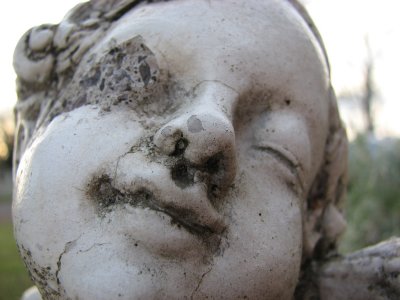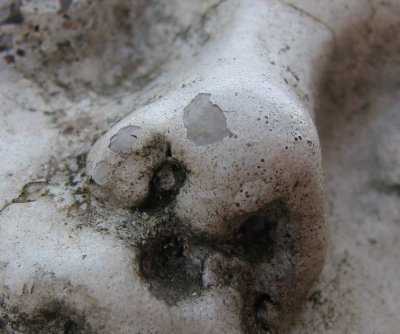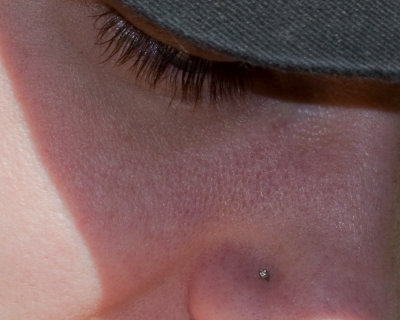





 |
 |
 |
 |
 |
 |
| Tony Long | profile | all galleries >> Camera and Lens Tests >> Digital And Optical Resolution | tree view | thumbnails | slideshow |
 07-01-22 Beck and s3 is-12.jpg |
 07-01-22 Beck and s3 is-12-2.jpg |
 07-01-22 Beck and s3 is-14.jpg |
 07-01-22 Beck and s3 is-14-2.jpg |
 IMG_0576.jpg |
 IMG_0576-2.jpg |
| comment | share |